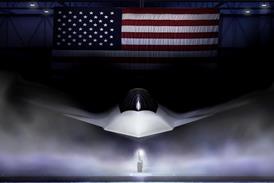Australia’s Civil Aviation Safety Authority and the Civil Aviation Authority of New Zealand have both lifted emergency airworthiness directives that temporarily grounded Robinson R44s helicopters fitted with certain main rotor blades.
Both regulators imposed the grounding on R44s with C016-7 main rotor blades on 21 February following a fatal accident near Queenstown in New Zealand on 19 February. It was thought that a crack may have caused the failure of one of the blades.
“Preliminary information from the accident investigation indicates the main rotor blade may have suffered impact damage rather than cracking,” says CASA.
CAA NZ chief executive Graeme Harris adds that lab tests in Wellington showed that it was “highly likely that [the blade] was damaged during the accident sequence rather than being the failure that initiated the accident.”
R44 operators in both countries will still have to conduct thorough visual inspections on certain areas of the blades to identify possible cracking before any flight, in accordance with a CAA NZ continuing airworthiness notice and manufacturer alert issued 23 February.
The notice has now been upgraded to an AD by both jurisdictions. In addition, pilots experiencing unusual rotor vibration will have to land immediately and have the blades inspected by an engineer.
“We don’t want to see any complacency amongst operators as there is still a concern with these blades and we are waiting on test results from the USA before we review the Airworthiness notice,” adds Harris.
CASA says that there are 485 R44s registered in Australia, with a “significant number” fitted with the ‘dash 7’ blades.
Flightglobal’s Ascend Fleets database shows that there are a total of 179 R44s registered in New Zealand.
Source: Flight International























